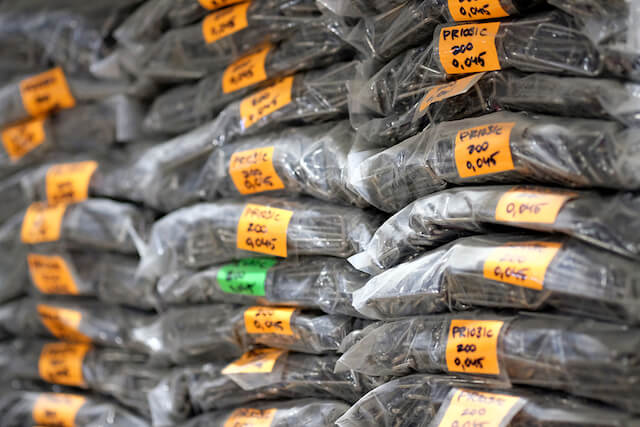How RFID Is Taking Warehousing To The Next Level

As more businesses continue to take their operations online, warehousing solutions are required to keep up with the pace of the digital transformation. One way warehousing has transformed digitally is through the use of RFID tags and readers. RFID, which stands for Radio Frequency Identification, is a small micro chip that stores information identifying an item.
An RFID tag can be attached to an item, and an RFID scanner or reader is used to identify each of the items fixed with the tags by featuring an internal memory which stores the item’s reference data, that can be adjusted as it undergoes different procedures or processes within the warehouse. Read on to understand how this technology has enhanced warehousing processes.
It reduces human errors, maximises labour assignments and its costs
RFID technology has helped in minimising human errors significantly as RFID tags are able to transfer information “on their own”. Some of the most common human errors that many warehouses experience include barcode misreading and skipping of barcodes.
In addition, the status of every item can be updated in real-time; when it arrives in the warehouse, leaves a location, and its movement between processes.
The introduction of RFID in warehousing has led to reduced labour costs, which is due to the replacement or re-assignment of staff with RFID scanners or readers. This removes the need for staff manually to check products and register their information in the central management system, hence, greatly reducing the operational costs.
Enhances automated tracking
As the items enter and leave the warehouse, all of the information in the central management system can be obtained seamlessly and automatically. Using an RFID asset tracking system makes this process much easier and faster than using human labour.
The tags placed on all the items communicate automatically with the management system for better accuracy. Besides, a standard RFID scanner can read an average of 200 tags in one go, making the entire process very quick and convenient.
For example, RFID-tagged items are able to communicate with warehouse software, automatically and record their arrival and exit from the facility. At the same time, services which need human activity, like pick-and-pack, will not be an issue as staff can save plenty of time with RFID readers that help pinpoint the exact location of each item.
Data storage enhancement
Compared to a barcode label, an RFID tag can store a lot more data about a product or item. A standard RFID tag stores just about 2000 bytes of data, which surpasses that stored by a barcode label by at least 100 times.
This gives retailers an opportunity to store a lot more information about a package or item than they did before. For example, the data obtained can uniquely identify an item or is able to describe its characteristics, from the manufacturing data, type, to the price. Ultimately, this helps to improve inventory tracking in and out of the warehouse.
The innovation of military RFID, for instance, allows important items from documents, files, licenses, identification cards, and other types of inventory to be located and traced easily, access real-time visibility of stock levels, and automates the verification procedure.
RFID technology has become more and more sought-after across various industries for a variety of applications. One such use is in warehousing, where RFID has boosted overall operations from speeding up processes, reducing the workload for staff, and accurate tracking.